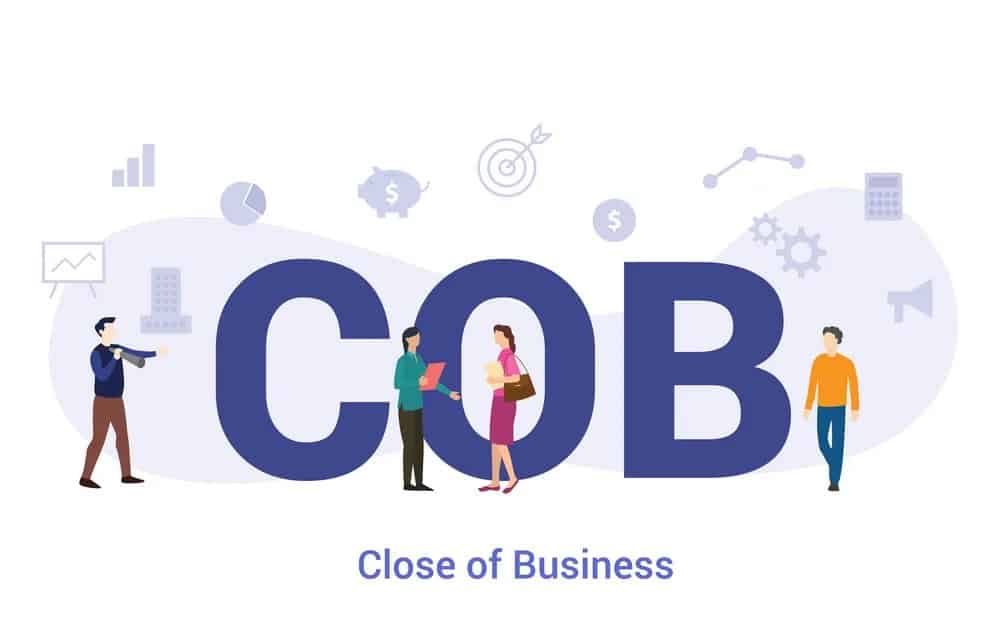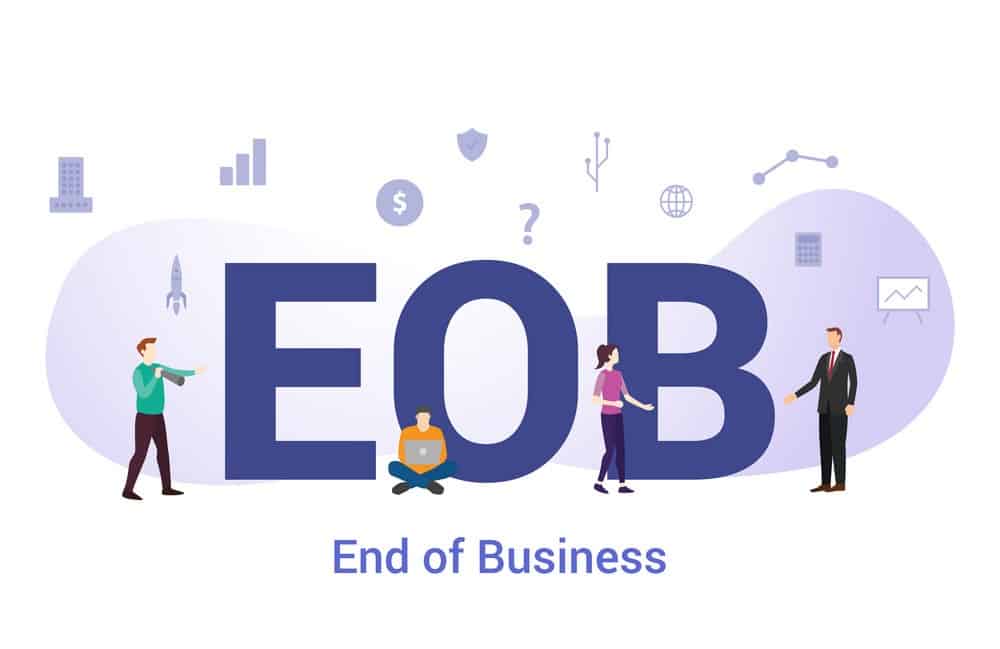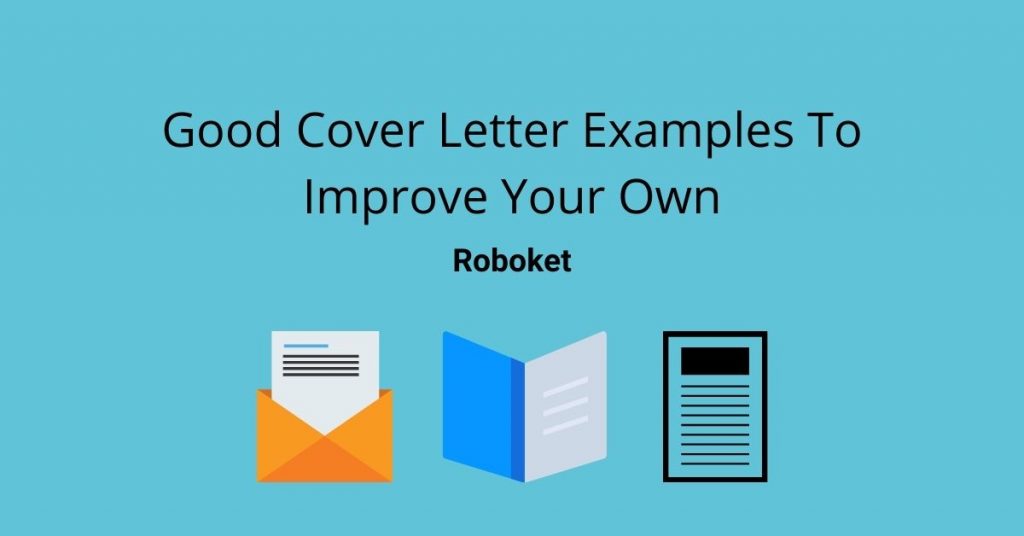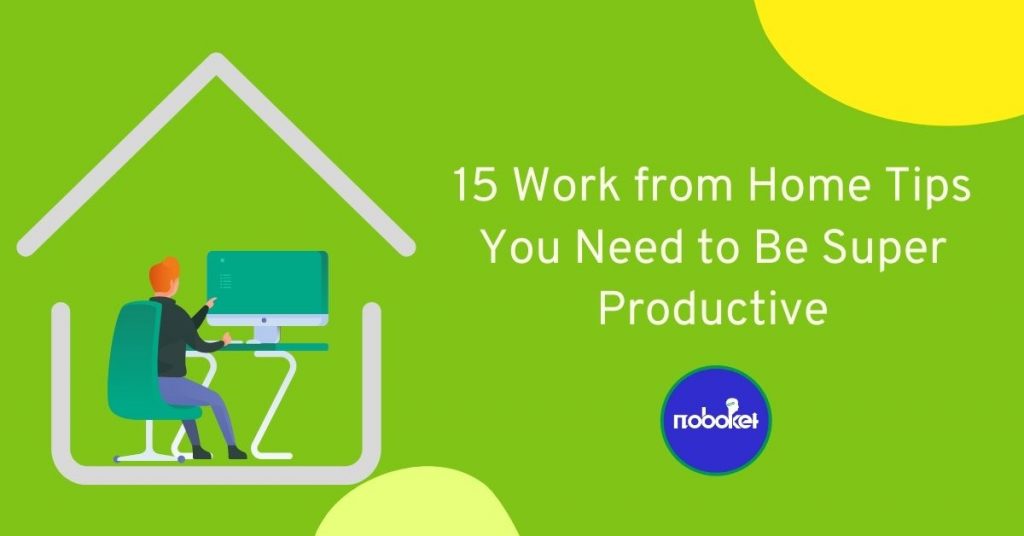COB (Close Of Business) and EOD (End Of Day) are EOBD (End Of Business Day) the most commonly used when it comes to business acronyms. But what do they mean, and how can you use them in your own business? In this article, we will cover these topics and more! We’ll start by explaining what each acronym stands for, then discuss how you can use it in your own business. Let’s get started!

Table of Contents
EOD Meaning
EOD stands for End of Day. It is the end of the business day or the time at which all business activities must be completed. It also means the time at which all of the transactions for a given day are finalized and recorded.
This acronym is most commonly used in the financial world, where it refers to the closing of the markets. However, it can also be used in other businesses to refer to the end of the workday.

Examples of EOD
There are many different ways that you can use EOD in your business. Here are a few examples:
- If you want to track the progress of your team’s work, you can set a daily goal and have everyone report back at the end of the day.
- You can use EOD as a deadline for tasks or projects. This can help keep everyone on track and ensure that things are done.
- If you have a sales team, you can use EOD to measure their daily progress. This can help you see where they need improvement and what areas they are excelling in.
Examples of EOD In a Sentence
Here are a few examples of how you can use EOD in a sentence:
- The markets will close at the end of the day.
- All transactions must be completed by the end of the day.
COB Meaning
COB stands for Close of Business. It is when all business activities for the day are completed and finalized.
This acronym is most commonly used about office hours or deadlines. For example, if a company has a COB of five o’clock, this means that all employees must leave the office, and all business activities must be completed by this time.

Examples of COB in a Sentence
- The COB for this project is Friday at noon.
- Yesterday’s close of business was marked by a power outage in the building.
EOB Meaning
EOB stands for “end of the business.” It’s used to denote the end of the workday or workweek. Most businesses are open from Monday to Friday, so EOB is typically referred to as Friday at the close of business.
EOBD stands for End of Business Day. It is the end of the workday.

Examples of EOBD in a Sentence
You can use EOBD as a noun or an adjective. When it functions as a noun, EOBD refers to the end of the business day. For example, “I’m clocking out at EOBD.” When it acts as an adjective, EOBD means “relating to the end of the business day.” For example, “I have an EOBD meeting at four o’clock.”
Here are a few more examples of EOBD in action:
- The bank is open until EOBD.
- We need to have this report done by EOBD.
Similar Acronyms
Similar acronyms for End of Day (EOD) are Close of Business (COB) or End of Business Day (EOBD), End of Play (EOP), and Close of Play (COP). They all refer to the end of the workday when employees can clock out and go home.
While the acronyms may be different, the meaning is still the same. No matter which acronym you use, it refers to the end of the workday.
What are Business Days?
The word “business” implies activities that generate revenue or profit. So a business day is any day when the company is open for business and running its normal operations.
The terms “business day” and “weekday” are used interchangeably to describe Monday through Friday. The weekend is Saturday and Sunday. For some countries, the weekend is Friday and Saturday, and business day refers to Sunday to Thursday.
It would be best if you also considered the country’s national holidays to identify the Business Days. For example, in the United States, Thanksgiving Day and Christmas Day are holidays, so those would not be considered business days.
COB vs. EOD vs. EOBD
When it comes to the end of the day, the commonly used acronyms are COB, EOD, and EOBD. All of them stand for “close of business,” “end of day,” or “end of business day,” but there are subtle differences.
COB is typically used to refer to the end of the workday when all employees clocked out and are no longer working. On the other hand, EOD can mean the end of the business day or the end of the workday. EOBD means the end of the business day and is used interchangeably with EOD.
So, which one should you use? COB is the most specific and should be used when referring to the time when all employees have clocked out. EOD can refer to either the end of the business day or the end of the workday. EOBD is technically incorrect, but it is commonly used and understood to mean the end of the business day.
In most cases, EOD refers to the end of the business day, when all transactions have been processed and the books are closed.
The main difference between these three acronyms is the timezone they are referring to. For example, EOD is typically used in the United States, COB is primarily used in the United Kingdom, and EOBD is used in Australia.
So, when should you use COB, and when should you use EOD? If you’re referring to the end of the workday, COB is the acronym you want to use. If you’re referring to the end of the business day, EOD is the acronym you want to use.
How to Use COB, EOD, & EOBD?
Now you know the meaning of the acronyms and their respective meaning. Here are a few tips on how and when to use them in conversation:
- If you want to be specific about what time something happened, use COB. For example, “I submitted my report at the close of business.”
- You can use EOD as a friendly sign-off if you’re ending a workday conversation with someone. For example, “I’m heading out for the day. EOD!”
- EOBD is less common but can be used in a sentence like “Is the project going to be completed by the end of business day?”
- If you are communicating with people from other time zones or countries, explain the exact time and time zone rather than using any acronyms.
- When you are sharing deadlines, it is best to use exact time rather than using any acronyms. For example, “Please complete writing the draft agreement by 2 pm (EST) on 21st April 2022.”
Best Practices of Using Business Acronyms
Business acronyms are commonly used in today’s workplace. This is because they are a quick and easy way to communicate with colleagues. However, there are some best practices to follow when using business acronyms.
Here are some tips:
- Use business acronyms as few as you can. Overuse can make you seem unprofessional.
- Only use acronyms that are widely known. Avoid using jargon that only makes sense to those in your industry.
- Explain the acronym the first time you use it. This will help ensure that everyone is on the same page.
- Avoid using acronyms when the clarity is critical or you need urgent action on it. If people get confused, you might end up creating problems.
Using acronyms in business writing is generally discouraged as it can be difficult for readers to understand. However, if you must use them, be sure to explain the acronym the first time you use it in a document.
And, of course, if you’re ever in doubt about which acronym to use, err on the side of caution and spell out the words. Better to be clear than confusing!
FAQ
Generally, Saturday is not considered a business day for most companies. But for, some industries, such as retail shops, may consider Saturday as a business day.
Usually, Saturday is a common weekend across the globe.
The close of business is typically at the end of the day, but this may vary depending on the company. For example, some companies may have different hours for their customer service and sales departments.
The close of the business day usually refers to the end of the workday for most people. This is when people clock out of their job or end their shifts.
The end of the business day is when all work stops and employees go home. Depending on your company’s policies, this may be at 5 pm or later. Some companies may have different hours for different departments, so be sure to check with authorities.
Related Articles:
Conclusion
In conclusion, COB refers to the end of the workday, and EOD refers to the end of the business day. EOBD is less common but can refer to the end of the business day.
When communicating with people from other time zones or countries, it is best to use exact times and time zones rather than rely on acronyms. And finally, when using business acronyms, be sure to use them sparingly and only when they are widely known. It is also good to explain the abbreviation the first time you use it in a document or conversation.
If you have any questions, check with your company’s policies or the person in charge. Thanks for reading!
Do you have any questions about business acronyms? Let us know in the comments below!




